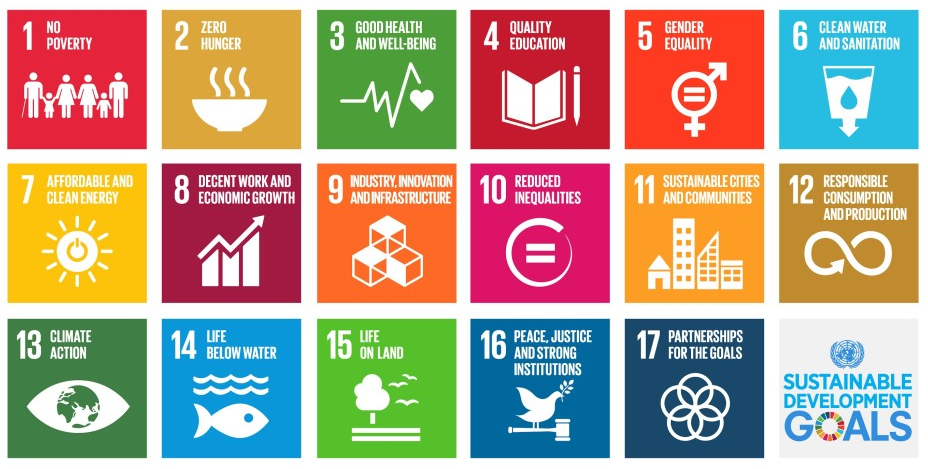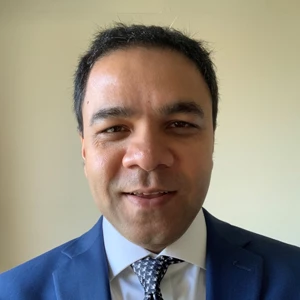
In 2015, leaders of 193 countries formed an ambitious plan to guide global development action for the next 15 years by agreeing on a set of Sustainable Development Goals (SDGs). Four years after their launch, the World Bank’s expertise in development data and its large repository of development indicators has played an important role in helping track progress made towards the achievement of the SDGs.
How does SDG monitoring work and how is the World Bank involved?
To monitor the 17 goals and 169 associated targets, a framework of 230+ indicators was developed by the Inter-agency and Expert Group on SDG Indicators (IAEG-SDGs), a group of UN Member States with international agencies as observers. Different international agencies were assigned as “custodians” of the SDG targets. In this capacity, the custodian agencies work with national statistical offices to develop methodologies for indicators to measure progress on the SDGs. The agencies also work with countries to compile data for SDG indicators, which they submit to the UN Statistics Global SDG database.
The World Bank participates in IAEG-SDGs as an observer and is a custodian or co-custodian (with other agencies) for 20 indicators, and is involved in the development and monitoring of an additional 22 indicators. Altogether, the World Bank is formally engaged with the monitoring of 42 of the 230+ indicators. The indicators cover a wider range of topics in which the World Bank has expertise, including poverty and inequality, social protection, gender equality, financial access, remittances, health, energy, infrastructure, and so on.
The World Bank's own goals align closely with the SDGs, as does its organizational structure by thematic group. Notably, the poverty and inequality related SDG targets 1.1 and 10.1 are directly linked to the Bank's twin goals of ending extreme poverty and promoting shared prosperity in a sustainable and inclusive manner. And many of the 17 SDGs are directly in line with the work of many of World Bank’s thematic groups, for example, Health (SDG 3), Education (SDG 4), Water (SDG 6), Energy (SDG 7), Climate Change (SDG 13).
The World Bank’s SDG Indicators Group, comprising subject matter experts across different thematic groups, provides technical input to the IAEG-SDGs and reports the indicator estimates for which the institution is responsible. Members of this group have worked with other agencies and countries (national statistical offices and relevant ministries) to develop methodologies for SDG indicators and to facilitate reporting. A major goal of the SDG Indicators Group is to improve the data quality of these indicators.
How does the World Bank work to improve data quality for SDG indicators?
The members of the IAEG-SDGs recognize that data availability and quality are pivotal to understanding and addressing the gaps in achieving the SDGs. Therefore, the SDG agenda also outlines a classification system to monitor progress of availability and quality of data for SDG indicators.
As per this system, SDG indicators are classified into three tiers: Tier 1 indicators are those with an established methodology and good data coverage, Tier 2 have an established methodology but lack good data coverage, and Tier 3 indicators currently lack both sound method and adequate data. The tier classifications for indicators keep changing as methodologies are developed and data availability increases. As of December 31, 2018, the tier classification contains 101 Tier 1 indicators, 84 Tier 2 indicators and 41 Tier 3 indicators. In addition to these, there are 6 indicators that belong to multiple tiers as different components of the indicator are classified under different tiers.
Of the 20 indicators for which the Bank is custodian or co-custodian (and therefore directly responsible for) 8 are Tier 1, 11 are Tier 2 and 1 is a Tier 3 indicator. Over the two past years, 8 indicators have moved up from Tier 3 to Tier 2.
For example, indicator 3.8.2 related to the financial protection dimension of universal health coverage (UHC) became a Tier 2 indicator in October 2017 during the bi-annual IAEG-SDG meeting. The World Bank and the World Health Organization (WHO) had advocated for this indicator’s inclusion in the SDG framework along with indicator 3.8.1 on coverage of essential health care services, arguing that meaningful universal health coverage (UHC) means that all people can obtain the health services they need without suffering financial hardship. As a result, the World Bank’s Health and Nutrition Practice and Development Research Group worked with the World Health Organization to develop a methodology and produce data on an indicator capturing “out-of-pocket” health spending relative to households’ total budget; if such spending were too high, it could force some families to choose between health and other essentials like food and education. Eventually, as data availability increased, the indicator moved to Tier 1 in November 2018.

For indicator 10.c.1 on the cost of sending remittances, the path from Tier 3 to Tier 2 status was easier. The methodology was already developed by World Bank’s Finance, Competitiveness and Innovation Practice and data was available for over 100 countries. Thus, the work was more focused on presenting and convincing the IAEG-SDGs that the methodology was in fact sound and that there was more data available than previously thought. As a result, this indicator moved to Tier 2 in October 2017 as well.

Typically, data availability for indicators has been improving over time. At the same time, challenges remain in producing data. For example, indicator 10.1.1, related to the Bank’s shared prosperity goal, looks at growth in household income / consumption for which data is produced by the Poverty Global Practice of the Bank. This indicator requires two comparable household surveys over a few years. Availability of this indicator depends on household surveys being carried out in a timely manner in countries. As of 2018, data for growth in household income is available for 91 economies. However, the unpredictability in survey implementations has resulted in this indicator fluctuating between Tier 1 and Tier 2 status.
How does the Bank showcase the SDGs?
The World Bank's premier data compilation, the World Development Indicators, takes a comprehensive view of the world, presenting over 1500 indicators relevant to development. It includes many of the official SDG indicators as well as other data that are relevant to SDGs.
In addition to databases, the Bank’s Atlas of Sustainable Development Goals presents a visual guide to the SDGs. The SDG Indicator Group members have expertise in data issues across all the 17 goals and an interest in sharing this with the wider world. The SDG Atlas built on the work of the SDG Indicators Group, as well as the World Development Indicators, to offer the perspective of World Bank experts on each of the 17 SDGs by highlighting trends and comparisons, and showcasing new data and methodological discussions. The Atlas is accessible, innovative, and clear, communicating the data and issues in question, using simple, effective, shareable data visualization. In addition to the print version, the Atlas also includes:
- A responsive, mobile-friendly web version (http://data.worldbank.org/sdgatlas)
- An interactive SDG dashboard, allowing further exploration of the data
- Animated and interactive visualizations, for embedding in blogs and social media
Experts across the Bank not only work with countries on specific indicators for SDG monitoring, but also support the broader agenda for improving development data be it through financing and technical assistance for implementing surveys and improving statistical systems, exploring new technologies such as the use of big data, or improving the use and understanding of data through data literacy programs.
A Successful Partnership: The WBG, the UN, and the 2030 Agenda
In May 2018, the UN and the Bank Group signed a Strategic Partnership Framework that underscored our joint commitment to work together in helping countries implement the 2030 Agenda. The framework, includes four key areas of cooperation: (i) finance and implementation support to help countries reach the SDGs; (ii) decisive global action on climate change; (iii) joint work in post-crisis and humanitarian settings; and (iv) harnessing data to improve development outcomes.
In this blog, we’ve covered one aspect related to the area of data—SDG monitoring—but this is only one of the tracks to support the 2030 Agenda. in all four areas of cooperation, the Bank’s contributions have helped outline and implement policies and actions that are critical for the realization of the SDGs. Find out more about how the WBG is helping implement the 2030 agenda here.







Join the Conversation